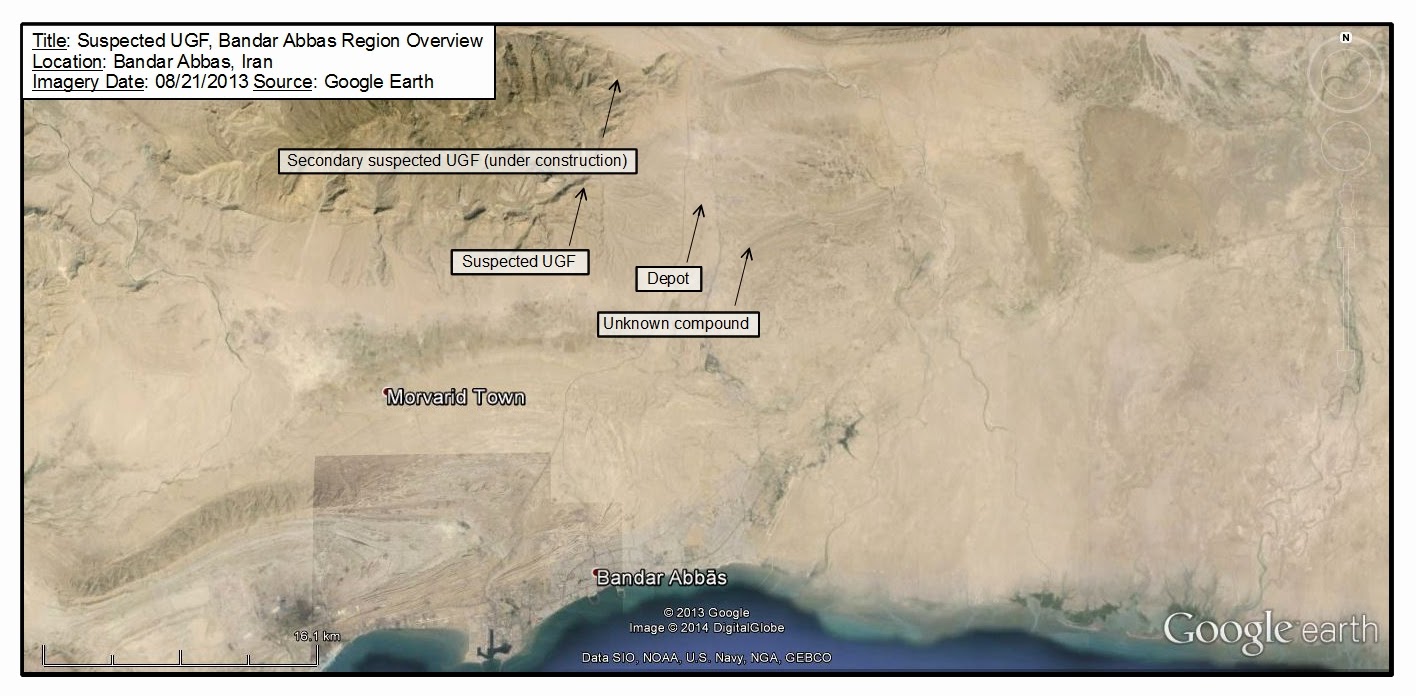Translation - Rapid Reaction, the Focus of Future Wars: an Evaluation of NEZAJA Rapid Reaction Forces from the Sacred Defense to the Samen Plan
(emphasis added) Title: Rapid Reaction, the Focus of Future Wars: an Evaluation of NEZAJA Rapid Reaction Forces from the Sacred Defense to the Samen Plan Date: February 25, 2013 / Esfand 6, 1392 Source: AJA Rapid reactions operations are a part of military missions in which a unit is capable of arriving at the mission area from any point in the shortest possible time with the required equipment, and are characterized by mobility and rapid movement. Abilities that, although used by NEZAJA in the past, are now universal in the new force structure, and is the first priority in all units. The Army, as the largest and most comprehensive defense force across our vast county, benefits from units that [are capable of completing a a variety of tactical and operational objectives during their missions]. 'Rapid Reaction' traditionally includes classic military programs and plans, which is seen in the Army's history. 'Rapid reaction' operations are as essential to the survival



